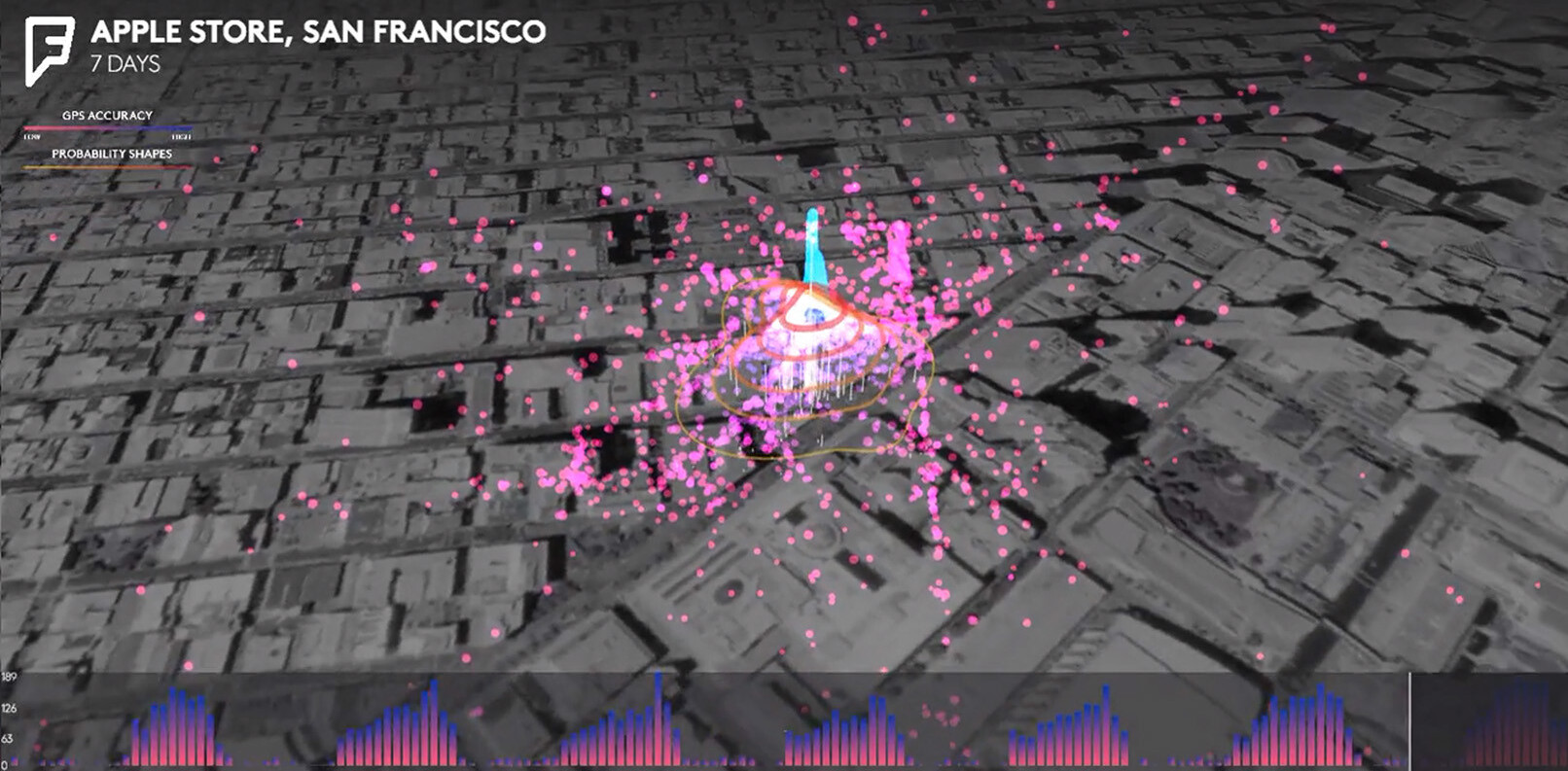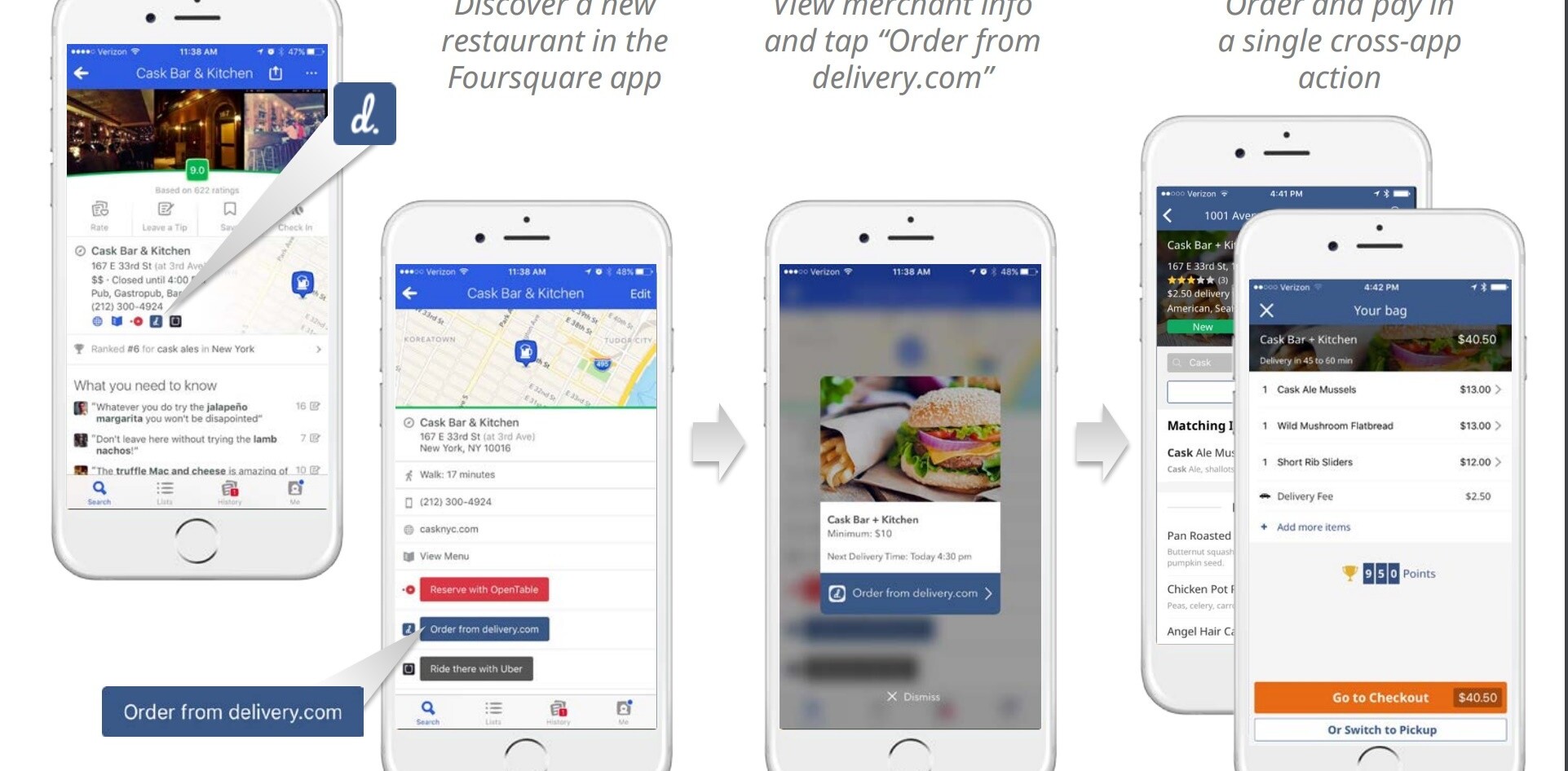
Foursquare has sent an email to its users detailing changes to its privacy policy that are due to come into effect late next month.
The company says that the changes are aimed at making the way it displays users’ names less confusing and allowing businesses to see more visitors who have recently checked in at their venues. It has also published a new document called Privacy 101, which explains the principles of Foursquare’s approach to privacy in plain English.
Until now, Foursquare has usually displayed users’ names as just a first name and surname initial (e.g., ‘Martin B.’), with the exception of search results when looking up friends on the service, when full names would be displayed. From 28 January 2013, full names will be displayed everywhere across the service.
Foursquare explains this in its email by saying “In the original versions of Foursquare, these distinctions made sense. But we get emails every day saying that it’s now confusing. So, with this change, full names are going to be public.”
Although location sharing has become more of a common online activity than it used to be when Foursquare launched in 2009, some users may still be uncomfortable with people they don’t know seeing their full name when they visit the page for a venue they’re currently checked in at. Foursquare does note, however, that you could change your full name in Foursquare’s settings. This may be a good idea if you prefer to maintain a degree of anonymity on the service.
Meanwhile, Foursquare is also changing the amount of information available to venue owners. Currently, they can see check-ins at their locaitons from the past three hours, as well as location ‘mayors’. From 28 January, when the new policy comes into effect, Foursquare says that it will allow them to see “more of those recent check-ins, instead of just three hours worth.”
Foursquare doesn’t say exactly how far back business will be able to see check-in details (we’re checking with the company for details), but the move makes sense for both Foursquare and businesses who use it. If your business’ venues get only a handful of check-ins a week, and you check your venue dashboard rarely, you’ll miss the customers who do actually check in, making Foursquare pretty much worthless. Foursquare points out in its email to users that it’s possible to block venue owners from seeing check-in details in the ‘Location information’ section of its privacy settings page.
Both these changes can be seen in tandem as being helpful to businesses – being able to see both more check-ins and the real names behind them should increase Foursquare’s perceived value as a business tool for ‘mom and pop’ stores that don’t see hundreds or thousands of check-ins per day.
Following Instagram’s recent Terms of Service debacle, privacy policy changes at a high-profile service like Foursquare will no doubt face higher levels of attention than usual. Emailing users to notify them of the specific changes and giving them a plain English ‘Privacy 101′ document should work well as both a PR move and to allay users’ fears.
Image credit: AFP / Getty Images
Get the TNW newsletter
Get the most important tech news in your inbox each week.




